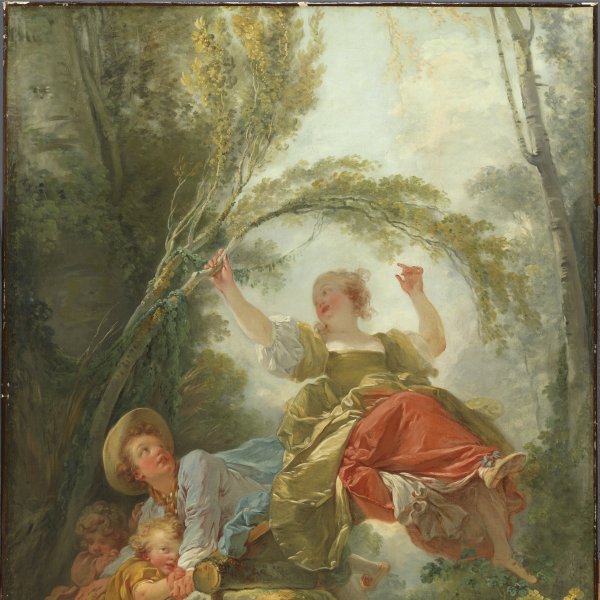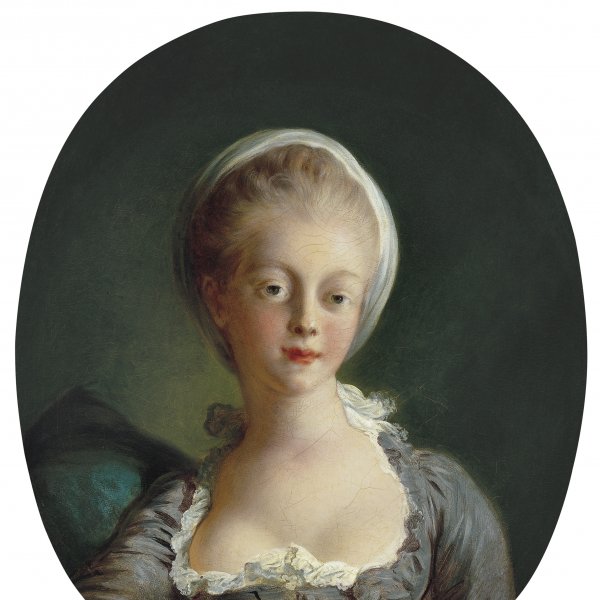Jean-Honoré Fragonard
Grasse, 1732-Paris, 1806
Jean-Honoré Fragonard was born in Grasse. In 1738 he moved to Paris where he followed the advice of François Boucher and enrolled as an apprentice of Chardin. He soon entered the studio of Boucher and in 1752 (and despite not being a student at the Académie) was allowed to compete for the Prix de Rome, which he won with the painting Jereboam offering Sacrifices to Idols (École Superieure des Beaux-Arts, Paris). In 1753 Fragonard entered the École Royale des Elèves Protéges where he remained until 1756, the year that he travelled to Rome. During his time in Italy he met the painter Hubert Robert and the Abbé Saint-Non, with whom he visited Naples, Bologna, Venice and Genoa. Fragonard recorded his trip in numerous drawings, many of which are now in the British Museum, London.
Fragonard returned to Paris in 1761 and over the following years executed commissions for collectors and art dealers. In 1765 he was admitted to the Académie, presenting Coresus and Callirhoe as his entry piece (Musée du Louvre, Paris). In addition to his easel paintings, Fragonard also painted decorative schemes for the palaces of his aristocratic clients, of which only The Progress of Love, commissioned by Madame du Barry for a pavilion in the châteaux of Louveciennes, has survived complete (Frick Collection, New York). In general Fragonard preferred to focus on the scenes of galanterie so popular with his private clients. A celebrated example of this type of work is The Swing (Wallace Collection, London), painted for the Baron de Saint-Julien. As a result he rarely participated in the Salon.
On the outbreak of the Revolution, Fragonard left Paris in 1789. On his return in 1792 he found himself without patrons or clients. He died in Paris in 1806.
Fragonard returned to Paris in 1761 and over the following years executed commissions for collectors and art dealers. In 1765 he was admitted to the Académie, presenting Coresus and Callirhoe as his entry piece (Musée du Louvre, Paris). In addition to his easel paintings, Fragonard also painted decorative schemes for the palaces of his aristocratic clients, of which only The Progress of Love, commissioned by Madame du Barry for a pavilion in the châteaux of Louveciennes, has survived complete (Frick Collection, New York). In general Fragonard preferred to focus on the scenes of galanterie so popular with his private clients. A celebrated example of this type of work is The Swing (Wallace Collection, London), painted for the Baron de Saint-Julien. As a result he rarely participated in the Salon.
On the outbreak of the Revolution, Fragonard left Paris in 1789. On his return in 1792 he found himself without patrons or clients. He died in Paris in 1806.






